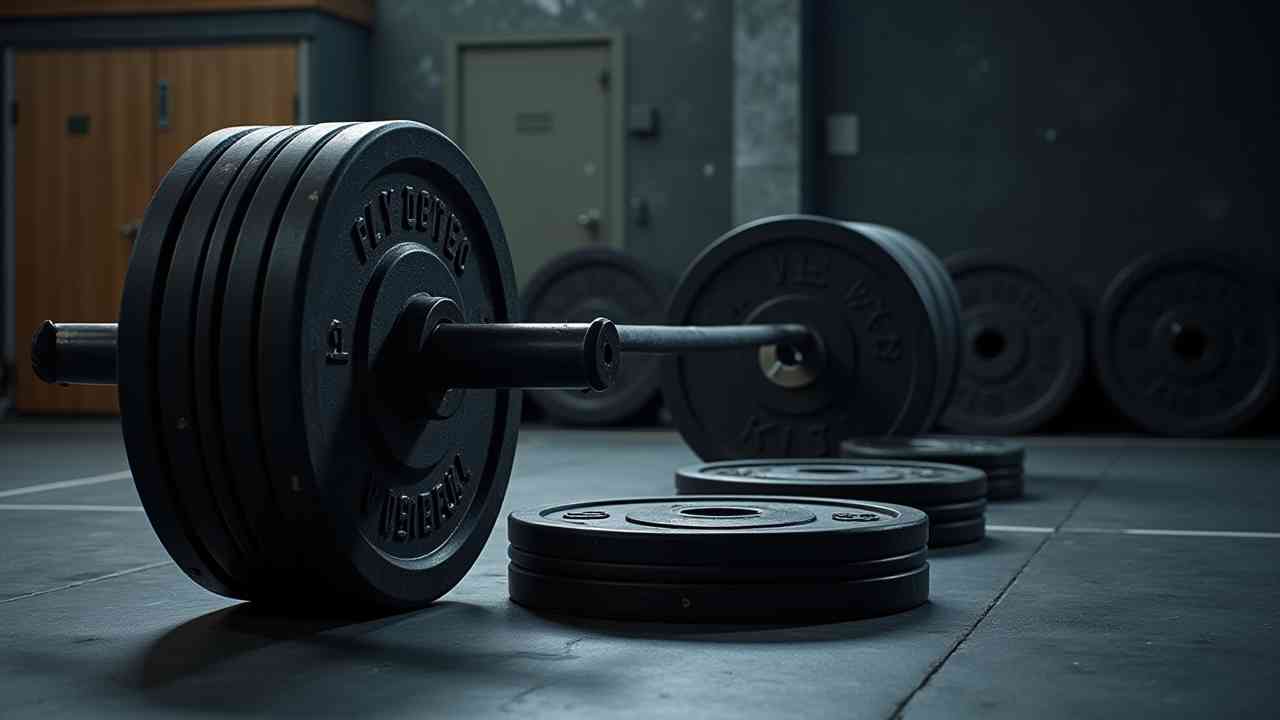
Barbell Set Weights: The Essential Home Gym Guide 💪🏋️
The Foundational Components of a Barbell Set
A barbell set is the most crucial purchase for anyone building a home gym. It provides the necessary tools for progressive overload, the key to continuous strength and muscle growth 📈. A complete set consists of two primary components: the bar and the weight plates.
1. The Barbell (The Anchor)
The type of bar determines the overall capacity and safety of the set. The most common choice is the Olympic Barbell. A standard Olympic bar is 7 feet long and weighs 45 pounds (20 kg). It has sleeves with a 2-inch diameter. Always include the bar's weight in your total lift calculation ⚖️.
2. The Weight Plates (The Load)
Plates allow you to adjust the resistance. Sets are typically sold by total weight (e.g., 300-pound set). Plates can be iron (durable, thin) or bumper plates (rubber-coated, safe to drop) 💥. Bumper plates are highly recommended if you plan to perform lifts that require dropping the weight.
The Critical Role in Strength Training
A barbell set is essential because it allows for the execution of compound lifts. These movements engage multiple major muscle groups simultaneously. This maximizes metabolic benefit.
The Big Three Lifts
The set enables you to perform the "Big Three" lifts: the Squat, the Deadlift, and the Bench Press 🏋️. These exercises are the most effective for building foundational strength. They stimulate a powerful hormonal response for muscle growth 💪. Barbell training promotes superior bone density compared to machines.
Choosing the Right Set Type
You must ensure the components of your weight set match. Bar diameter dictates plate compatibility. This is crucial for safety and function.
Olympic vs. Standard Sets
Olympic Sets use bars with 2-inch diameter sleeves and plates with 2-inch holes. These are the commercial standard and are necessary for lifting heavy weight. Standard Sets use smaller bars with 1-inch sleeves and plates with 1-inch holes. They are cheaper but are generally limited to lighter weights and less durable.
Safety Collars are Mandatory
The set must include safety collars or clips (spring clips or lock clamps). These secure the plates onto the bar. Using collars prevents plates from shifting or sliding off the bar during a lift 🛡️. This is non-negotiable for gym safety.
Conclusion: Invest in the Right Plates and Bar
A weight set with a bar is the key to building strength at home. Choose an Olympic set for durability and load capacity. Focus on using the set for compound lifts and apply progressive overload consistently 🌟.